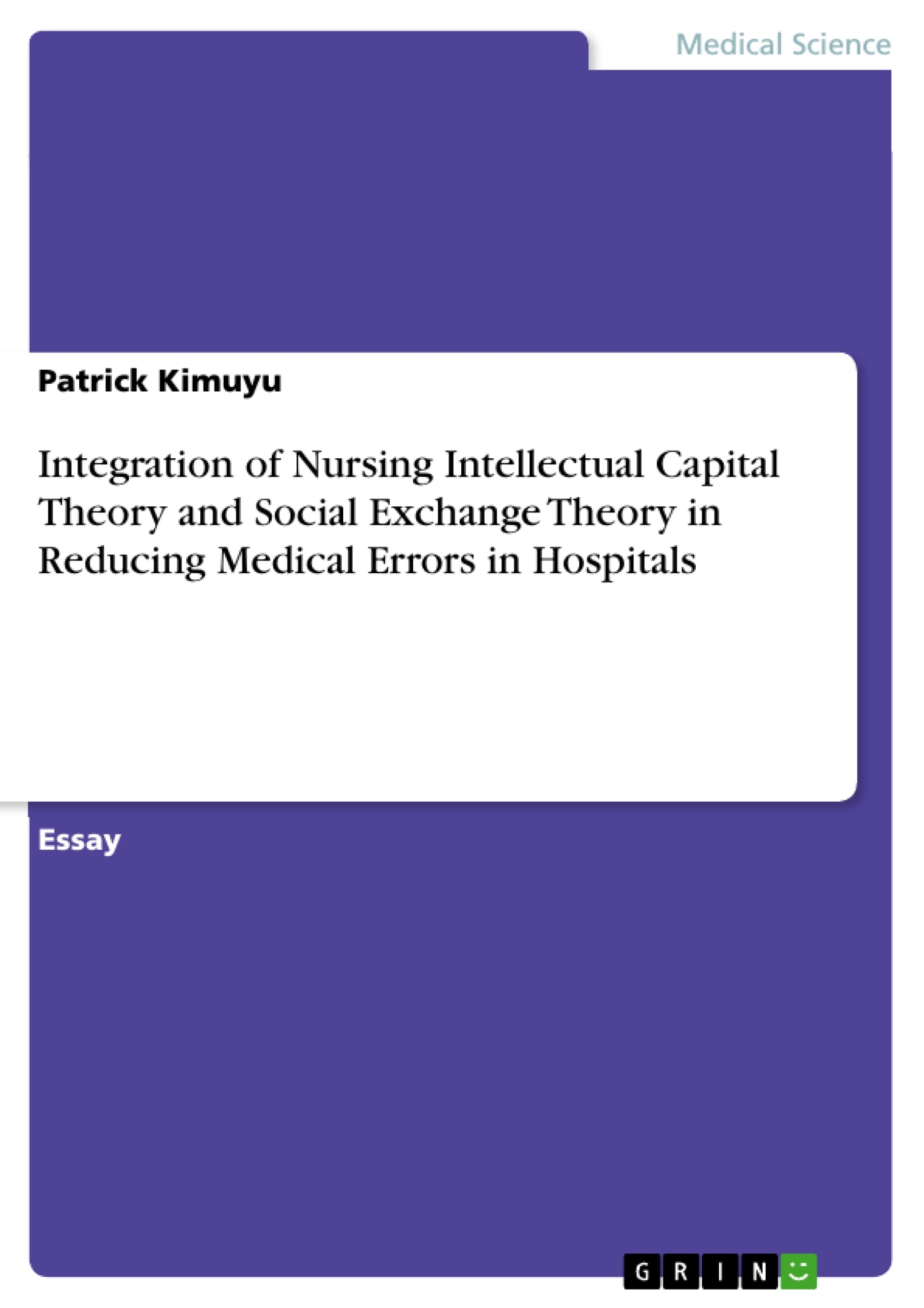In retrospect, nursing practice seems to have experienced a remarkable evolution from the classical nursing to evidence based practice. This evolution has expanded the scope of nursing and improved the quality of care to patients. Of great importance is the provision of safe and quality care whose ultimate results are high patient outcomes. As envisaged in core nursing theories and bioethical principles, healthcare is meant to reduce the burden of disease and improve the quality of life of patients. This been the focus in nursing practice, education and research, and the outcome is a transformed nursing practice. Based on this objective, new interventions and nursing guidelines have been developed to promote the delivery of safe and high quality care. Despite this remarkable advancement in nursing care, a number of medical issues have remained as significant barriers in healthcare. Of concern is the problem of medical error which has become a compromise to safe and quality care across the continuum of healthcare system. In principle, medical error is defined from the medical perspective as actions which are done by healthcare providers that can lead to the occurrence of adverse events.
In other words, medical error is simply a preventable outcome adverse resulting from inappropriate action by a healthcare provider. As such, it is apparent that the issue of medical error has an immense implication to nursing practice. Therefore, this report seeks to provide a focused analysis of a mid-range theory and a borrowed theory which when integrated can provide an appropriate solution to medical errors.
Integration of Nursing Intellectual Capital Theory and Social Exchange Theory in Reducing Medical Errors in Hospitals

Essay , 2017 , 9 Pages , Grade: 1.2
Autor:in: Patrick Kimuyu (Author)
Medicine - Medical Frontiers and Special Areas
Excerpt & Details Look inside the ebook

